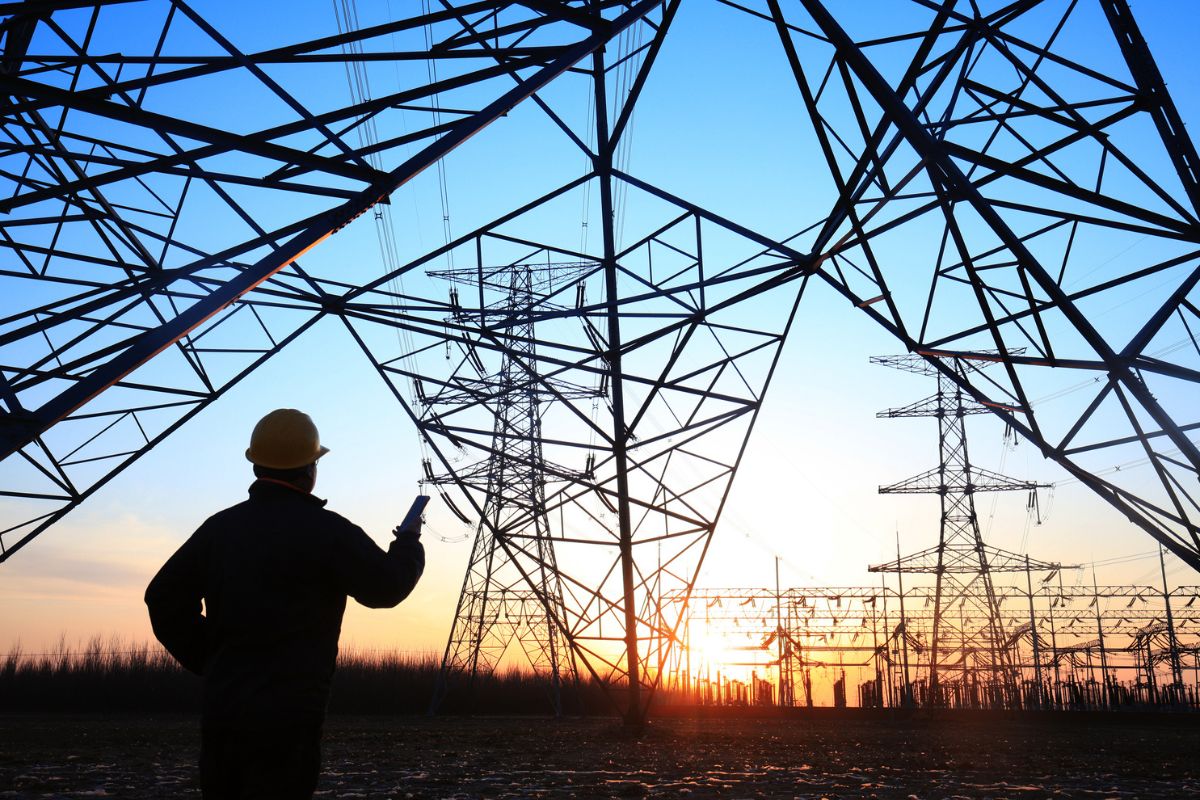Introduction
This year, Distribution Network Operators (DNOs) have published the new DUoS rates for 2025-2026, showing significant changes to the current rates. But what are these changes and what do they mean for your business?
We help you understand how DUoS charges affect you, and how you can manage your costs more effectively.
What Are DUoS Charges?
DUoS stands for Distribution Use of System. It is part of your business’s overall electricity bill and is paid in addition to your unit charges and other non-commodity costs. These charges cover the cost of installing and maintaining your local electricity distribution networks that deliver energy from source to end users, such as businesses. For example, covering the cost of electrical wires, cabling and pylons. Your energy supplier will charge you DUoS charges on your energy bill, which they will then pay to the operators of the electricity distribution networks.

Who Pays DUoS Charges?
- DUoS charges are paid by all electricity customers, both businesses and domestic households.
- Energy Suppliers: Your electricity supplier is directly responsible for paying DUoS charges to the Distribution Network Operators (DNOs) who own and maintain the local electricity distribution networks. These charges are included in the overall cost that suppliers incur to deliver electricity to consumers.
- Consumers: Although energy suppliers pay DUoS charges upfront, they pass these costs on to their customers through their electricity bills. Therefore, regardless of your business size, you will indirectly pay DUoS charges as part of your non-commodity charges on your bill. These charges may be displayed as part of your unit rate, so you may not see these charges directly on your bill.
How Are DUoS Fees Calculated?
DUoS charges are based on the following factors:
- Daily fee – a small, fixed amount that you pay every day, regardless of how much electricity you use, your DUoS charges will make up the bulk of your standing charge
- Usage fee – based on the amount of energy you use, but this will vary depending on the time of day
- Peak times (red zone) – the most expensive time to use electricity as demand is higher, during peak daytime hours between 4pm-7pm
- Off-peak times (green zone) – the cheapest time to use electricity as demand is lower, during the night
- Mid-times (amber zone) – a middle rate for times that are neither peak nor off-peak
- Location – different DNOs will have different costs, for example, areas with high population density or areas that are further away from generation sources will often have higher charges
- Voltage level – Charges differ based on whether the electricity is being supplied at a Low Voltage (LV) or High Voltage (HV) level, with most business customers being LV properties. HV users typically have lower unit costs because electricity is delivered more efficiently at higher voltages.

What Are the Changes to DUoS Charges?
DUoS charges are reviewed annually and published each April on the DNOs’ websites. The primary reasons for these changes are to keep in line with inflation and incentivise a transition to low-carbon energy systems through the introduction of more renewable infrastructure. It is important to note that these charges can vary greatly between different regions and DNOs, so it is important to check your specific area’s DNO for your exact charges.
Several factors will influence DUoS charges in 2025-26, including:
- The implementation of Ofgem’s Access Significant Code Review (SCR) decision
- Changes in how the distribution networks are used and updates to the charging model
- Adjustments to allowed revenues
Although DUoS charges will vary depending on where in the country you are, the new 2025-26 changes will include:
- An increase in capacity charges, with some areas of the country seeing greater increases than others
- A drop in standing charges (fixed pence per day charge)
- An increase of 30-40% in unit rates across most regions
How Will These Changes Affect Businesses?
Although the impact of DUoS changes will vary depending on region, there is still a number of common aspects to consider:
- Time-of-use tariffs – The implementation of time-of-use tariffs means that businesses may face different rates for electricity consumption during peak and off-peak hours. This is designed to encourage businesses to shift their energy usage to off-peak hours, reducing strain on the grid and promoting energy efficiency.
- Impact on costs – With new changes to DUoS charges, business owners can also expect changes to their energy costs, so it’s important to keep track of your usage and avoid over-consumption, to help mitigate costs.
- Adoption of sustainable practices – Changes to DUoS charges are also intended to encourage businesses to adopt more sustainable practices. This is because businesses can benefit from lower DUoS charges if they have renewable strategies in place.
The best way for businesses to prepare for these changes is to start taking steps and creating strategies to reduce their energy consumption. This could include getting a smart meter, which will allow you to track your usage more closely or carrying out a business energy audit so you can identify areas where you can improve efficiency.

How Can I Reduce My DUoS Charges?
Reducing your DUoS charges can help to lower the cost of your overall business energy bills. There are several ways you can do this:
- Use electricity during off-peak green time zones – using energy-intensive appliances and equipment during off-peak times when DUoS charges are lower can help reduce your overall payments. This means avoiding high usage during red time periods. If you are a peak time user, you are more likely to be offered higher prices, so adapting your energy behaviour to use more energy during green periods can get you lower quotes and help keep your charges down.
- Reduce your overall consumption – the less energy you use, the less DUoS you will have to pay, so reducing your business’s energy consumption can lead to lower costs. For tailored tips and tricks for saving energy in your business, check out our free sustainability guides.
- Use smart solutions for your energy – by implementing energy management tools such as smart meters, you can monitor your energy usage more closely, making it easier to adjust and reduce your consumption.
- Get a fixed contract – by signing a fixed energy contract, you can avoid price fluctuations and protect your business. The Yü Energy Lock plan is a good option for customers who want to fix their DUoS and other non-commodity charges for the duration of their contracts.
Looking For an Energy Supplier That Understands Your Needs?
At Yü Energy, we specialise in working with businesses of all sizes and industries, to help them manage their energy more effectively. Get your free quote in 30 seconds and start saving on your energy today.

 0115 975 8258
0115 975 8258

